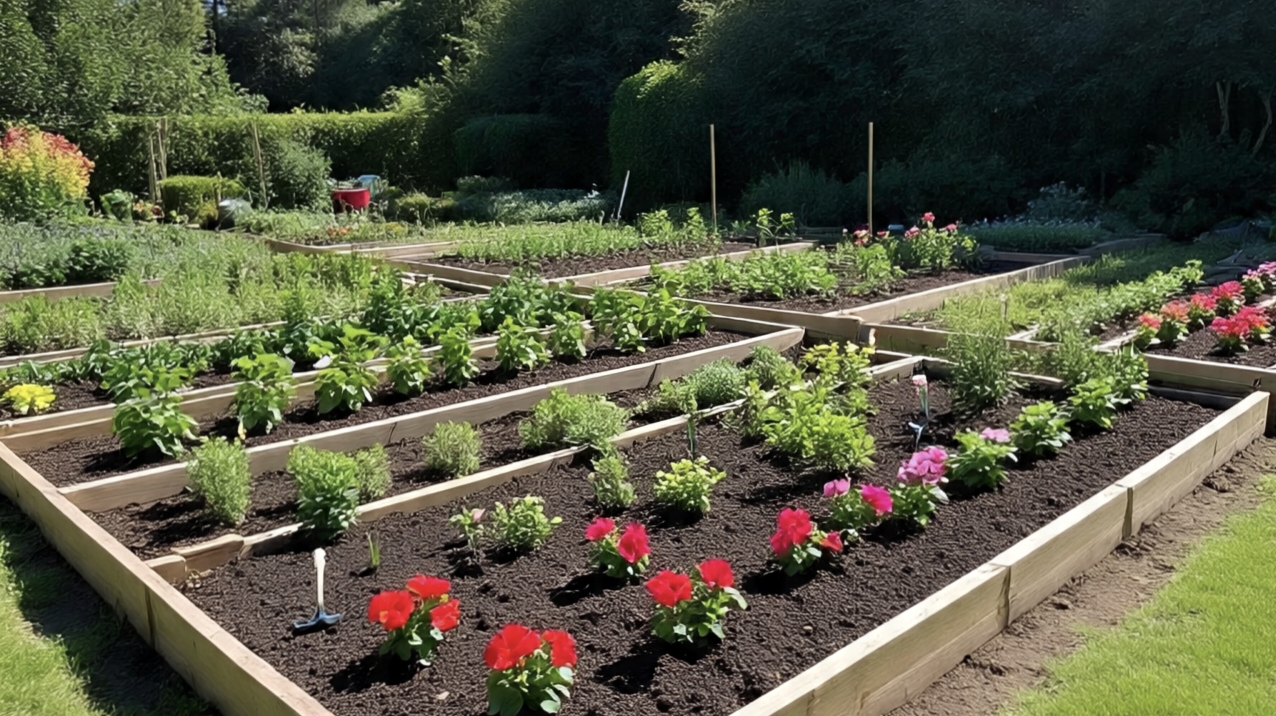Introduction to Patola (Luffa Gourd)
The Patola, also known as the Luffa Gourd or Sponge Gourd, is a fascinating plant that offers more than just a delicious taste. It is commonly grown for its matured fibrous interior, which is used to make natural sponges. In this comprehensive production guide, we will walk you through the steps of successfully growing it in your own garden.
Benefits of Growing Patola
Before we delve into the production process, let’s explore some of the benefits of growing Patola’s:
Sustainable Alternative
By growing your own Patola’s, you’re contributing to a more sustainable lifestyle. Instead of relying on synthetic sponges, you can have an eco-friendly source of natural sponges.
Nutritional Value
It is not only good for sponges but also for your health! It’s rich in vitamins and minerals, offering a nutritious addition to your diet.
Selecting the Right Variety
Choosing the Suitable Variety
There are various Patola varieties available, each with its own unique characteristics. Research and select a variety that suits your climate and preferences.
Sourcing Seeds
Obtain high-quality Patola’s seeds from reputable sources to ensure a successful growing experience.
Preparing the Growing Site
Sunlight Requirements
Patola loves sunlight! Choose a location with full sun exposure for optimal growth.
Soil Preparation
Ensure well-draining soil with organic matter to promote healthy root development.
Trellising Setup
As a climbing vine, Patola’s needs proper support. Set up trellises or sturdy structures for the vines to climb.
Planting Patola Seeds
Germination Process
Start Patola seeds indoors a few weeks before the last frost date. Transplant the seedlings once they have a couple of true leaves.
Outdoor Transplanting
When the weather warms up and the seedlings are ready, transplant them into the prepared garden site.
Proper Care and Maintenance
Watering
Keep the soil consistently moist, especially during the flowering and fruiting stages. Avoid waterlogging.
Fertilization
Feed your Patola’s plants with a balanced fertilizer to ensure healthy growth and good fruit development.
Pruning
Regularly prune the vines to encourage air circulation and prevent overcrowding.
Managing Pests and Diseases
Common Pests
Stay vigilant against pests like aphids and cucumber beetles. Use natural remedies or insecticidal soap to control infestations.
Disease Prevention
To prevent diseases, avoid overhead watering, provide proper spacing, and ensure good ventilation around the plants.
Flowering and Fruiting
Flower Development
It’s plants produce bright yellow flowers before the fruits appear. These flowers are both beautiful and a sign that you’re on the right track.
Fruit Formation
As the flowers fade, small Patola’s fruits will begin to form. These will eventually grow into the sponges you’re aiming for.
Harvesting Patola
Identifying Readiness
It is ready for harvest when the skin turns from green to a light brown color, and the fruit feels lightweight.
Harvesting Process
Use a sharp knife or shears to cut the fruit from the vine. Be gentle to avoid damaging the sponge inside.
Processing Your Patola Sponges
Removing Outer Skin
Carefully peel off the outer skin to reveal the fibrous interior. This part is your natural sponge.
Cleaning and Curing
Rinse the sponge thoroughly to remove any remaining pulp. Then, allow it to dry in a cool, well-ventilated area.
Utilizing Your Homemade Sponges
Bath and Shower
Use your homemade Patola sponge in the bath or shower for a natural and exfoliating scrub.
Cleaning Household Items
These sponges are great for cleaning dishes, countertops, and other surfaces around your home.
Storing Patola Sponges
Longevity
Store your Patola’s sponges in a dry place to extend their usability.
Replacing Sponges
Over time, your Patola’s sponge will wear out. Fortunately, you can easily grow more and replace your old sponges.
Saving Seeds for Future Planting
Selecting Mature Fruits
Choose fully mature Patola fruits for seed extraction.
Extracting and Drying Seeds
Remove the seeds from the mature fruits and allow them to dry thoroughly before storing.
Benefits of Seed Saving
Cost-Effective
Saving seeds saves you money, as you won’t need to purchase new seeds each year.
Maintaining Variety
Seed saving helps preserve the specific characteristics of the Patola variety you’ve been growing.
Overcoming Challenges
Climatic Conditions
Adapt your cultivation techniques to match the climate challenges of your region.
Pest and Disease Management
Stay informed about potential pests and diseases in your area, and be prepared to take action if needed.
Frequently Asked Questions
Can I grow Patola indoors?
While Patola’s thrives in full sun, you can experiment with indoor growing using grow lights.
How long does it take for Patola to grow?
From seed to harvest, It generally takes around 90 to 120 days.
Conclusion
Growing Patola is a rewarding experience that not only provides you with natural sponges but also contributes to sustainable living. By following this production guide, you’re on your way to successfully cultivating your own it’s plants and enjoying the many benefits they offer.





